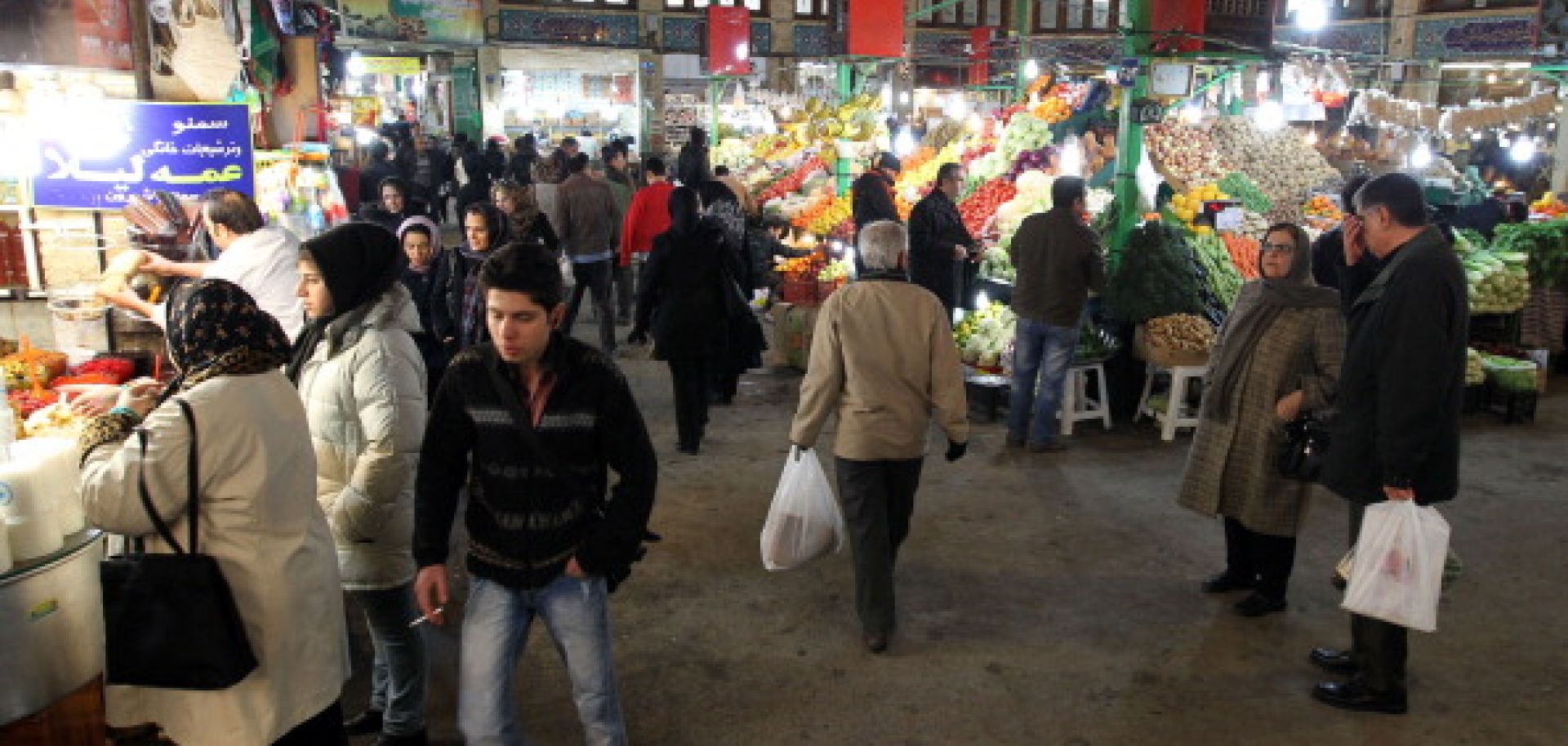ASSESSMENTS
Iran's Sanctions-Driven Currency Crunch
Aug 17, 2012 | 10:32 GMT

TTA KENARE/AFP/Getty Images
Summary
The European Union implemented a new round of economic sanctions against Iran on July 1. The move is part of an international effort to pressure Tehran into returning to negotiations on uranium enrichment and, more generally, to contain Iran's growing regional ambitions. The Iranian economy has been hammered by sanctions, including U.S.-backed measures. Iran's oil exports and government revenues have dropped, reducing the value of the Iranian rial by half and adding to Iran's chronically high inflation.
The sanctions are designed to prevent Iran from acquiring and using U.S. dollars and, to a lesser degree, euros, both of which are critical for any country participating in the international economy. The lack of access to dollars has contributed to the depreciation of the rial and led to higher costs of imported products and even higher inflation. Iran is attempting to cope with the challenge in several ways such as instituting a multi-tiered exchange rate system, restructuring domestic subsidies and setting price controls. However, Iran's countermeasures will likely exacerbate the country's economic problems, and Tehran will be forced to rely on its security apparatus to enforce unpopular economic policies as pressure mounts.
Proceed to sign up
Register NowAlready have an account?
Sign In